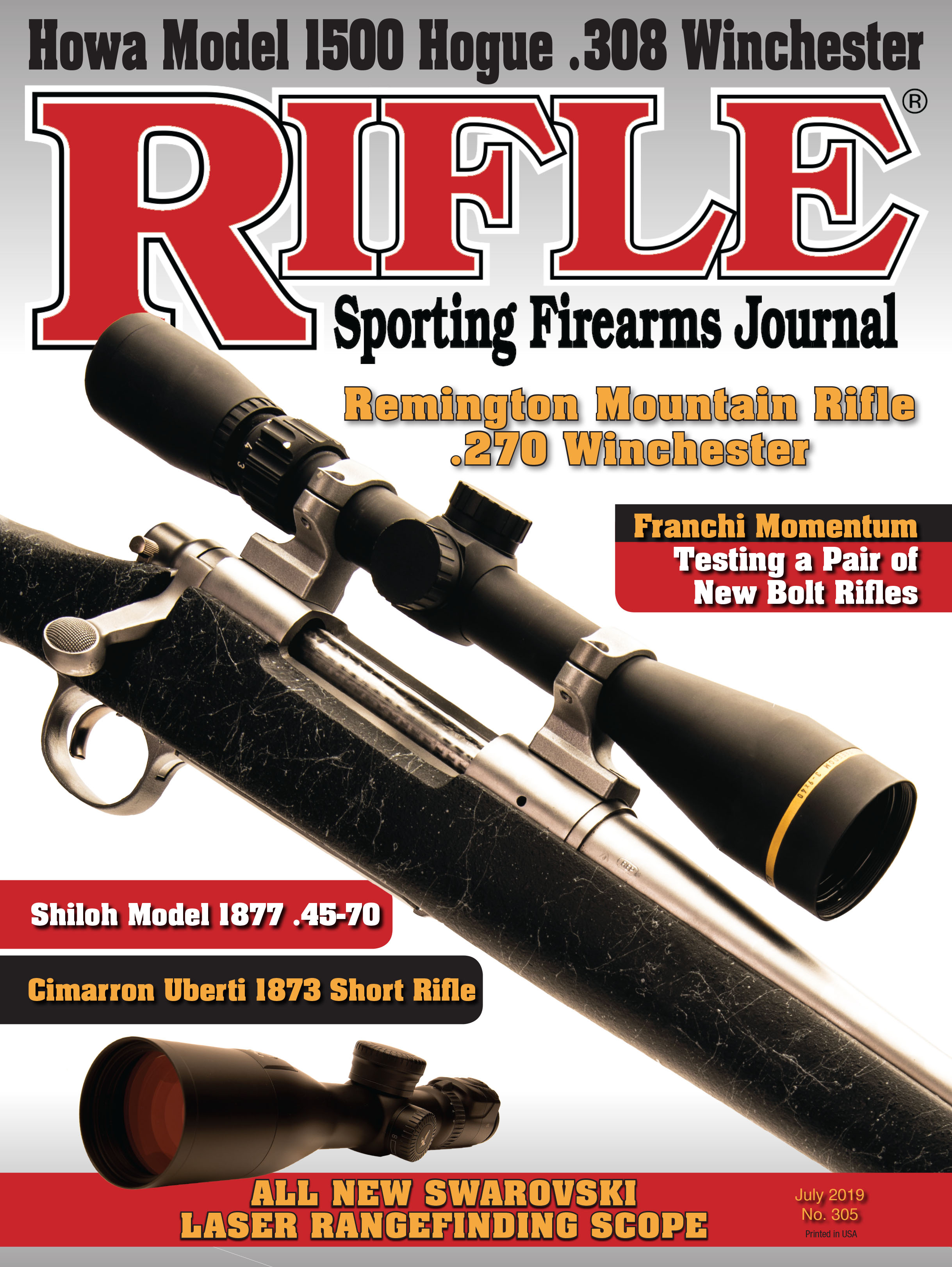Franchi Momentum
Testing a Pair of New Bolt Rifles
feature By: John Barsness | July, 19
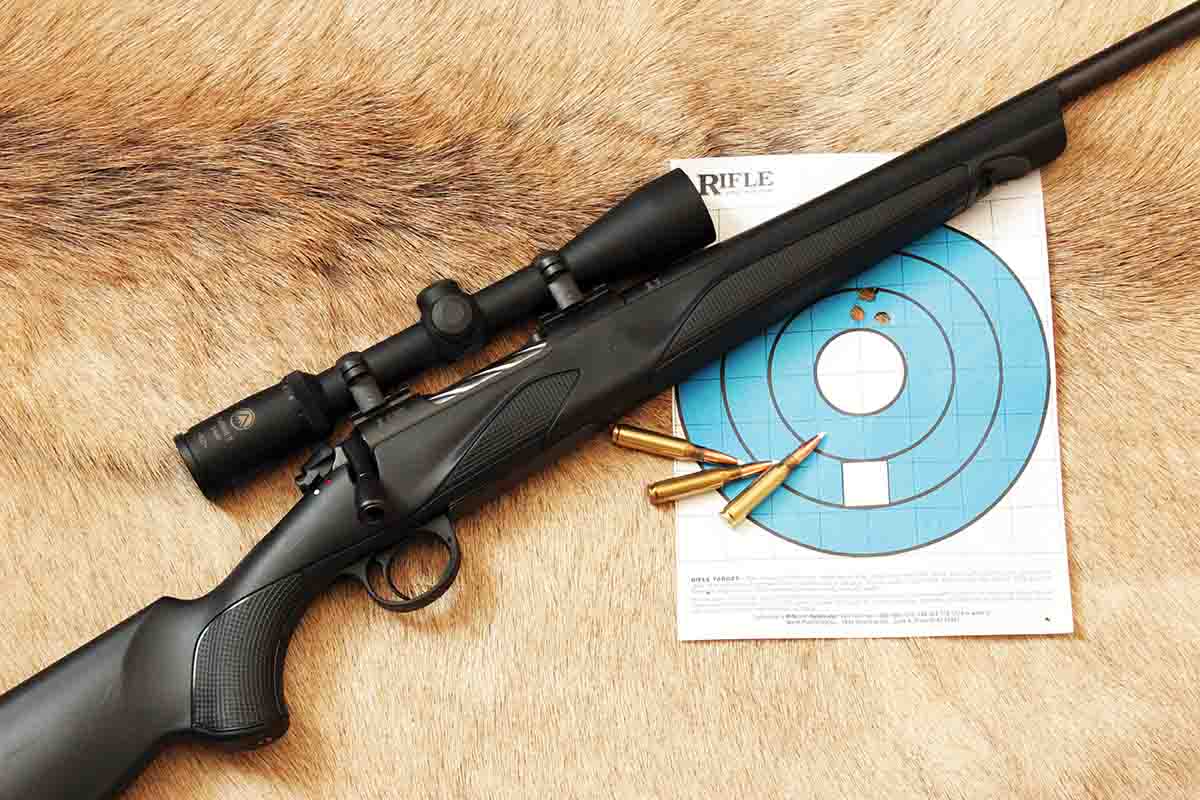
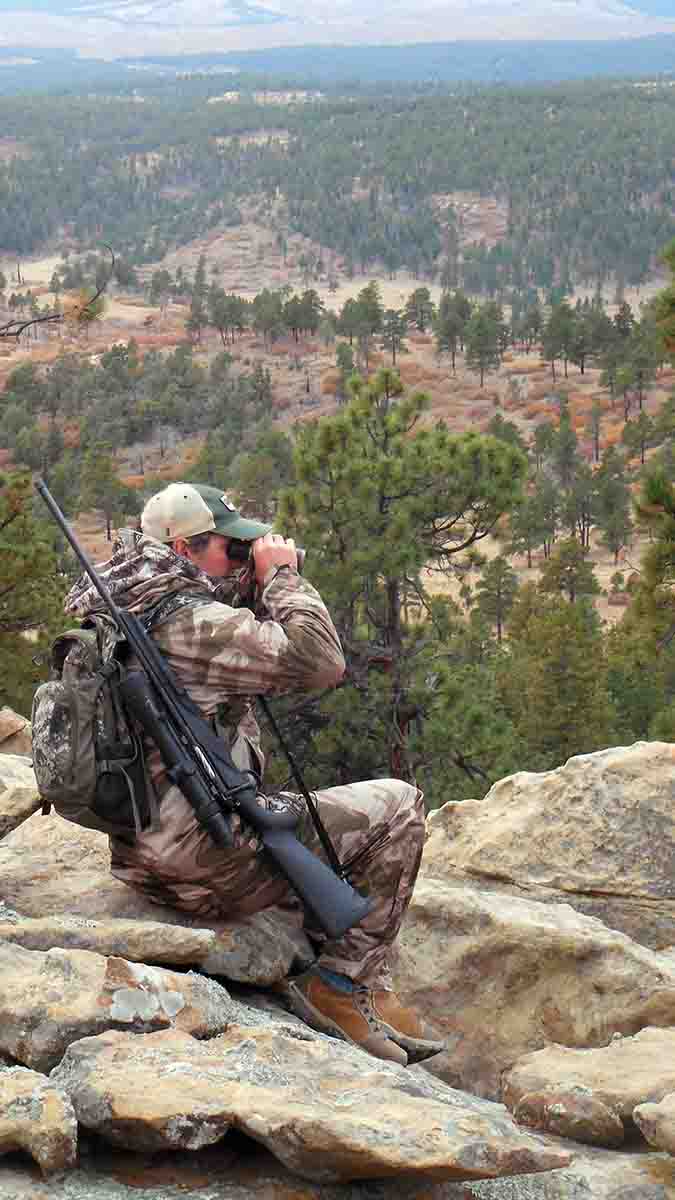
This trend started in 1947 with Remington’s 721/722 rifles, ancestors of 1962’s Remington 700, specifically designed for cheaper mass-production with stamped and punched metal parts and push-feed bolts. Many traditional hunters considered the 721/722/700 the end of civilization as they knew it, partly because the “cheaper” rifles killed the pre-’64 Model 70 Winchester, the rifle some Baby Boomers still consider the last real bolt-action made in America. The cause was simple: The Remingtons sold for considerably less and shot very accurately.
However, other traditional preferences continued to dominate the market. The 1990 Gun Digest lists around 10 times as many wood-stocked American bolt actions as synthetic-stocked models, but by 2015 synthetic stocks had taken the lead. Very few synthetic stocks appeared on European rifles in 1990, but by 2015 about a third were synthetic.
Shooters of the so-called Millennial generation (born in the 1980s) often refuse to buy rifles with wood stocks, partly because of wood’s tendency to warp, though many simply prefer the “black rifle” look. In 2016 I loaned the Millennial daughter of a friend one of my traditional rifles, a walnut-stocked 7mm-08 Remington, and in 2018 went along with them when she took her first big-game animal, a whitetail doe.
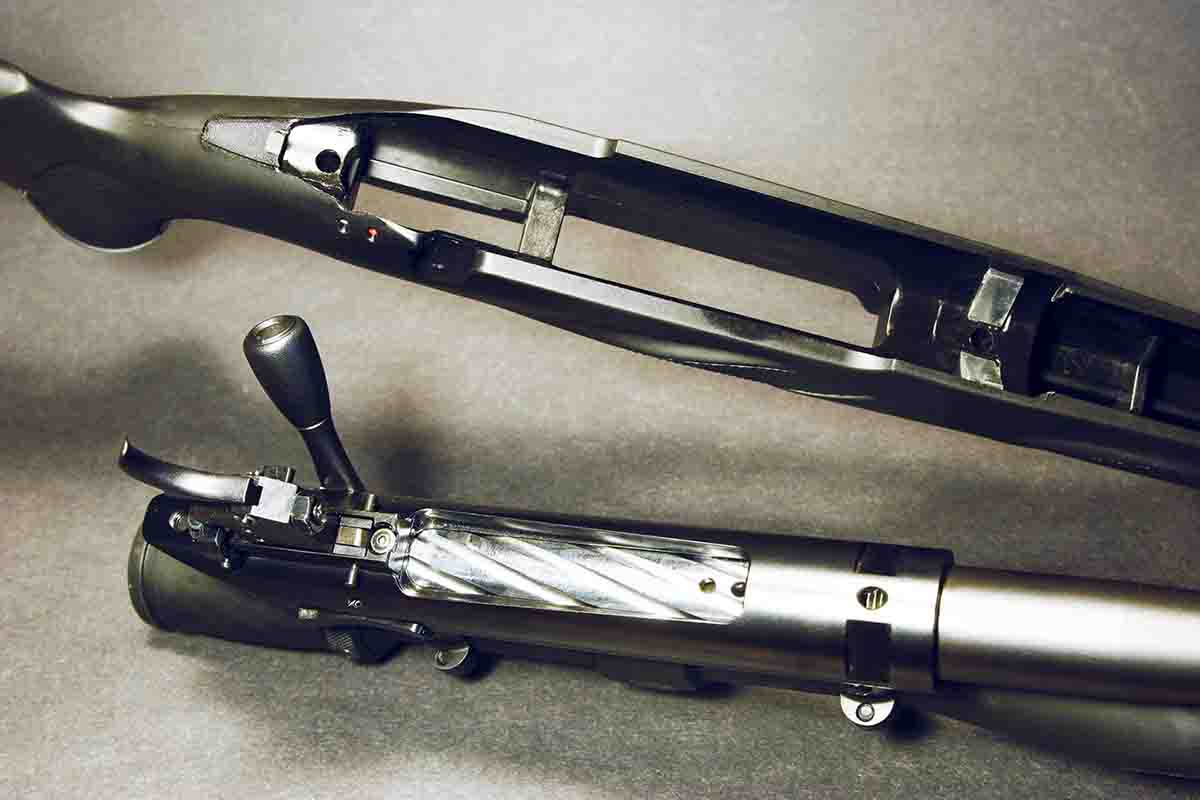
The U.S. is the largest civilian shooting market in the world. If Europeans want to sell us rifles, they have to offer features we prefer. However, even less expensive European “cool” rifles cost more than many “affordable” American bolt actions and often retain more traditional features. A good example is the Franchi Momentum, a black bolt action made by an Italian company far better known for shotguns.
Initially, a slightly different rifle appeared in Italy under the name Horizon Anniversario because 2018 was the 150th anniversary of Franchi’s founding. Gun writer testing of new rifles normally means trying one sample, but over a year and a half I got to shoot considerably with a Horizon and a pair of Momentums. The Horizon experience took place in South Texas, where so much gun writer testing occurs the state might consider setting aside a county for the purpose, if only to separate us from normal people.
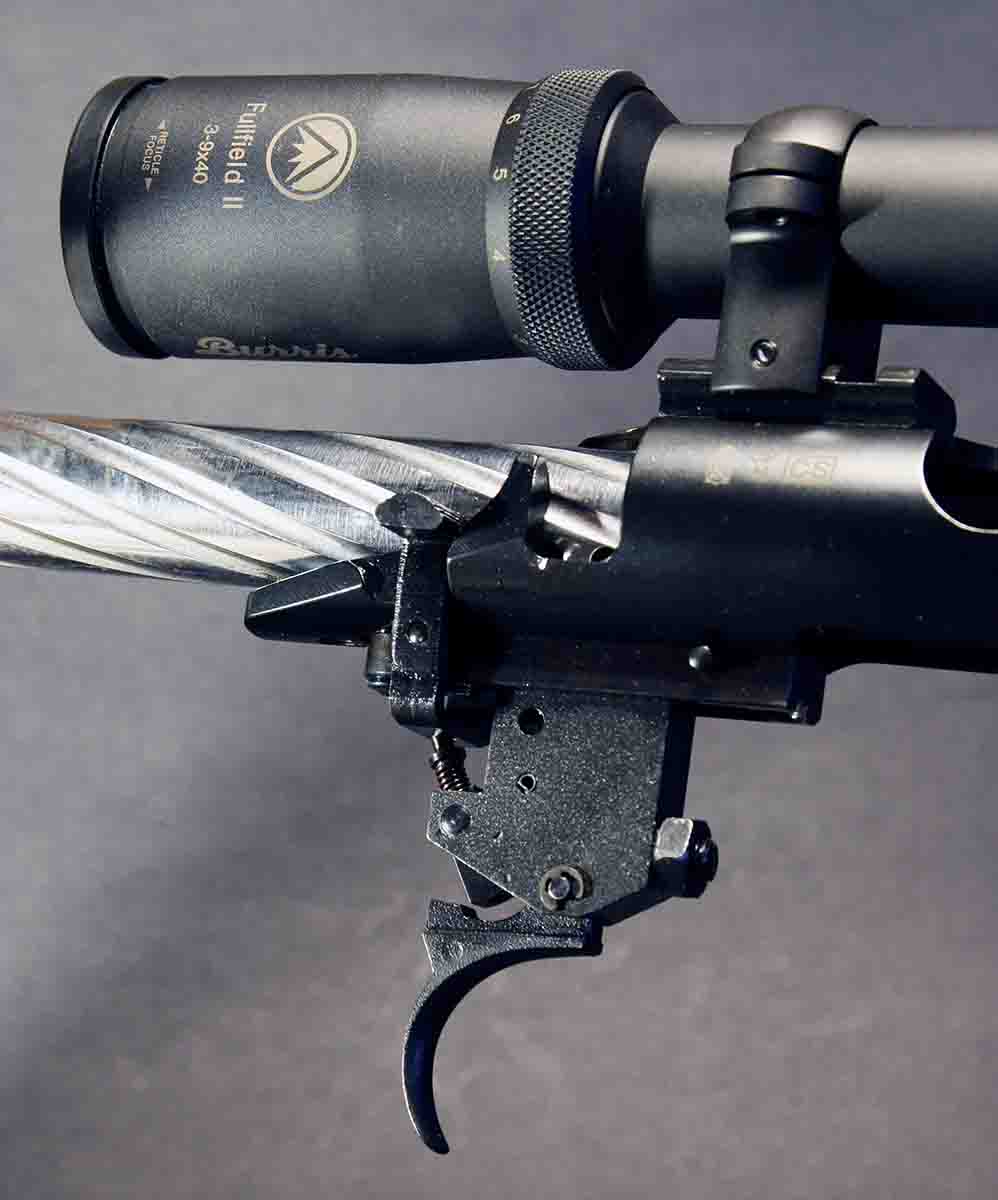
In late 2017, a bunch of writers and industry representatives hunted pigs and deer near Uvalde with Horizon .308 Winchesters fitted with 3-9x 40mm Burris Fullfield II scopes. The ammunition provided was Fiocchi loaded with Hornady 150-grain SSTs, and during the sight-in session some rifles shot noticeably smaller groups than others. One writer eventually traced this to a few of the “free-floated” barrels not actually floating, since the forends could be easily pressed against their barrels. The Horizons with truly free-floated barrels shot into an inch or less at 100 yards. The guy representing Franchi, Tim Joseph, made a note of this.
Otherwise, the rifles, scopes and ammunition worked very well, accounting for about 30 pigs and deer, some weighing nearly 200 pounds. The SSTs penetrated great, all exiting even on angling and shoulder-bone shots.
The Horizons featured a mix of traditional and new features. Unlike most affordable American-made rifles, they had hinged steel floorplates rather than detachable magazines, and the magazine box could be easily loaded from the top – often handy in hunting rifles.
The bolt face was a typical push-feed type with a tab extractor and plunger ejector. Three locking lugs were machined from the front end of the massive, spiral-fluted body. (Three lugs even-out action stresses during firing, often resulting in finer accuracy than two-lug bolts, and they reduce bolt-handle lift to 60 degrees, making scope mounting easier.) Flutes allowed the action to work slickly, even after a few days in the Texas dust.
The bolt can also be easily disassembled with a small steel punch. With the action open, a hole appears through the underside of the cocking piece. Inserting the correct punch allows the cocking piece/firing pin assembly to be unscrewed.
The two-position safety lever sits on the right side of the action tang, and like most modern safeties allows unloading the chamber with the safety on. It also works very quietly if eased forward.
The injection-molded stock has a couple of unusual features, both helpful in bench-testing. The sling-swivel “studs” are molded into recesses under the buttstock and forend, so unlike metal studs they cannot bump sandbags during recoil, causing fliers.
There is also a checkered finger notch in the bottom of the buttstock, just in front of the recoil pad, for steadying the rear of the rifle when bench testing or shooting from prone. The recoil pad is soft but not “grabby,” so it did not hang up even on camo fleece when taking quick shots in the field. For some reason Franchi calls it the TSA pad, which apparently stands for something different in Italian.
A couple months later Franchi sent each writer a new Momentum .308 for further testing. The company offers a combination package like the one used in Texas, with a 3-9x 40mm Fullfield II in Burris Zee rings. (Burris and a couple dozen other companies, including Franchi, are owned at least partially by the Beretta Holding Group.) I requested the scoped package, because over the years Fullfield IIs have proven to be very reliable, and the Ballistic Plex reticle is useful. The combination features two-piece Burris Tactical steel bases, essentially very short Picatinny rails, but if another mounting system is preferred, the Momentum takes bases for the Remington 700. On an accurate balance scale the scoped rifle weighed 7 pounds, 14 ounces.

Even after comparing my Texas photos of the Horizons with the Momentum, I could not find the small differences between the rifles. However, I did squeeze the forend, and the barrel proved to be free-floated. The inside of the hammer-forged barrel looked very smooth in my Hawkeye borescope, and yes, the muzzle is threaded for a brake or suppressor. (This feature was not added for the U.S. market. While many American shooters believe all European countries have very restrictive gun laws, any rifle owner in France, Finland or Norway can purchase a suppressor pretty cheaply without paying a government tax.)
Next I removed the barreled action from the stock, primarily to tweak the trigger, a typical modern “enclosed” mechanism sandwiched between two pieces of sheet steel. Franchi indicates it can be adjusted from 2 to 4 pounds, and the factory pull averaged 3 pounds, 6 ounces with noticeable, but not excessive, creep. Many enclosed triggers have three adjustment screws for poundage, creep and over-travel, but the Momentum only has one. I adjusted the pull down to 2 pounds, and the creep went away.
Instead of a traditional recoil lug, the front of the action has two shallow slots machined at 90 degrees to each other which fit over small bedding lugs in the stock. Similar systems are becoming more common on newer rifles, and while they may sound like a cheap compromise for faster manufacturing, lug-free bedding can enhance accuracy by reducing stress on the action during firing.
After replacing the stock, the Momentum was taken to the range with three factory loads and two handloads worked up for other .308s. All the ammunition, except one handload, resulted in three-shot, 100-yard groups averaging .81 inch. The “bad” handload, combining Hodgdon Varget and Nosler 150-grain AccuBonds, had shot very well in several other rifles.
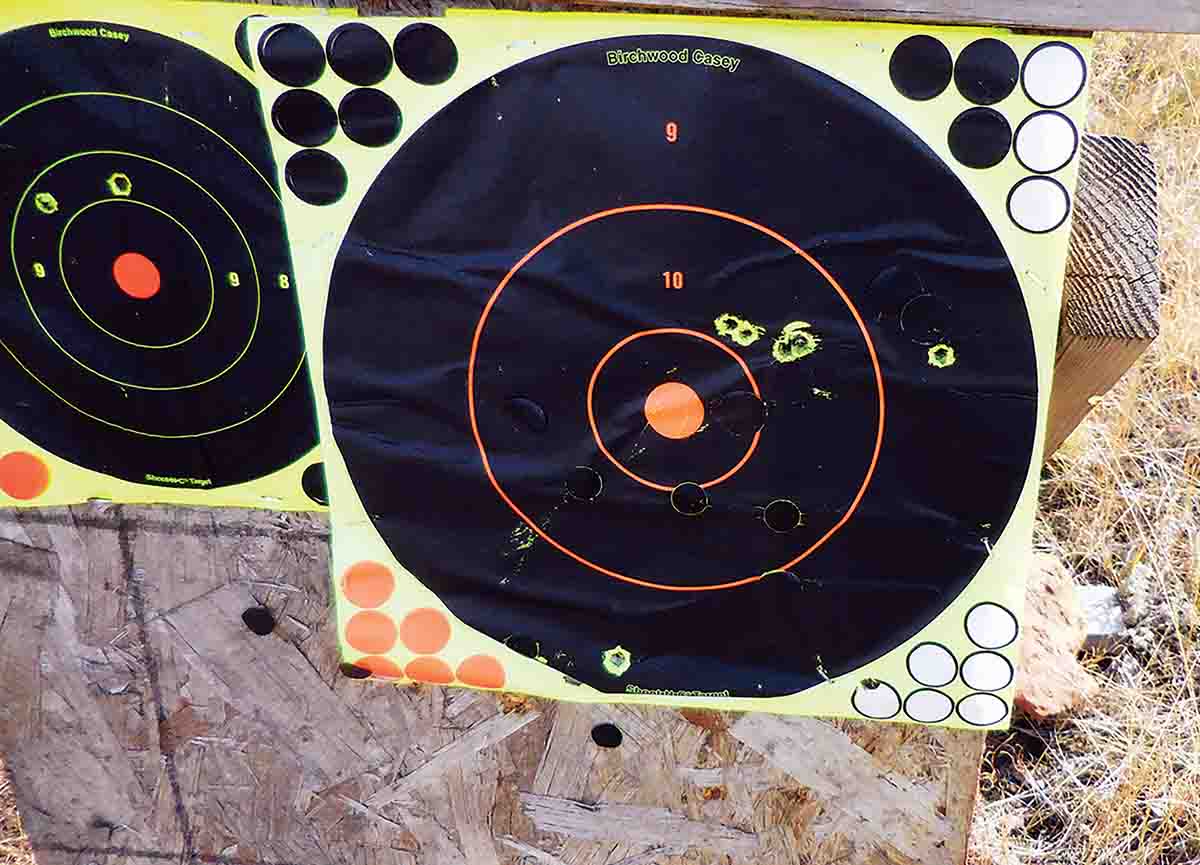
After the range session I decided the Momentum needed to officially join the other rifles in my safe so sent Franchi a check – but waited until spring arrived before experimenting with the AccuBond handload. The fix turned out to be tweaking the bullet’s seating depth, whereupon the load started grouping well under an inch.
That fall, I got invited on another Momentum field test, a mule deer hunt in northern New Mexico – a “cull” hunt put together by a well-known outfitter who had recently leased a ranch that had previously been over-hunted. As a result, quite a few bucks only had two or three tines on at least one antler, rather than the typical double forks, and the outfitter wanted them out of the gene pool.
This time the Momentums were 6.5 Creedmoors fitted with Burris Eliminator III range-compensating laser scopes. During the sight-in session I squeezed the forends of the rifles, and all turned out to be completely free-floated.
The internal ballistic program in the scopes had already been set for the ammunition; Hornady Precision Hunter with 143-grain ELD-X hunting bullets. Like the SST, the ELD-X is essentially a plastic-tipped version of the reliable InterLock Spire Point, though with an even higher ballistic coefficient (BC).
We first sighted in dead-on at 100 yards, where almost all groups measured under an inch. Then we shot at 300 yards while activating the laser, which lights up the correct LED dot for a measured distance. Some of the scopes needed a little tweaking at 300, but not much. My rifle grouped four shots into about 1.5 inches, about an inch high but 2 inches right, due to a mild left-to-right breeze.
I hunted with my old friend Holt Bodinson, and since he needed to get back to his Arizona home quickly due to drawing a Coues’ deer tag, we agreed he would shoot first. Our guide Dwayne was a transplanted North Carolinian, who had adapted very well to western mountains. Before dawn the next morning we hiked to the end of a long ridge, glassing the canyon below while the sun rose behind us. Quite a few mule deer were seen, but not the deer.

Back at camp, Dwayne and I skinned the buck while Holt packed his Jeep, finding the expanded ELD-X under the hide in front of the right shoulder. Soon Holt was on the road.
Dwayne and I looked over a few more bucks that evening and the next morning, but all proved to be too young – or had good-sized 4x4 antlers. About an hour before sunset, however, we both suddenly spotted a mature buck standing broadside in a Gambel oak thicket about 100 yards away. Dwayne immediately said, “Three points on one side. Shoot!” Except for its head, the buck was almost totally hidden. Through the scope I found a small opening around the shoulder, and at the shot the buck crumpled. Afterward, the laser scope indicated the shot was 101 yards.
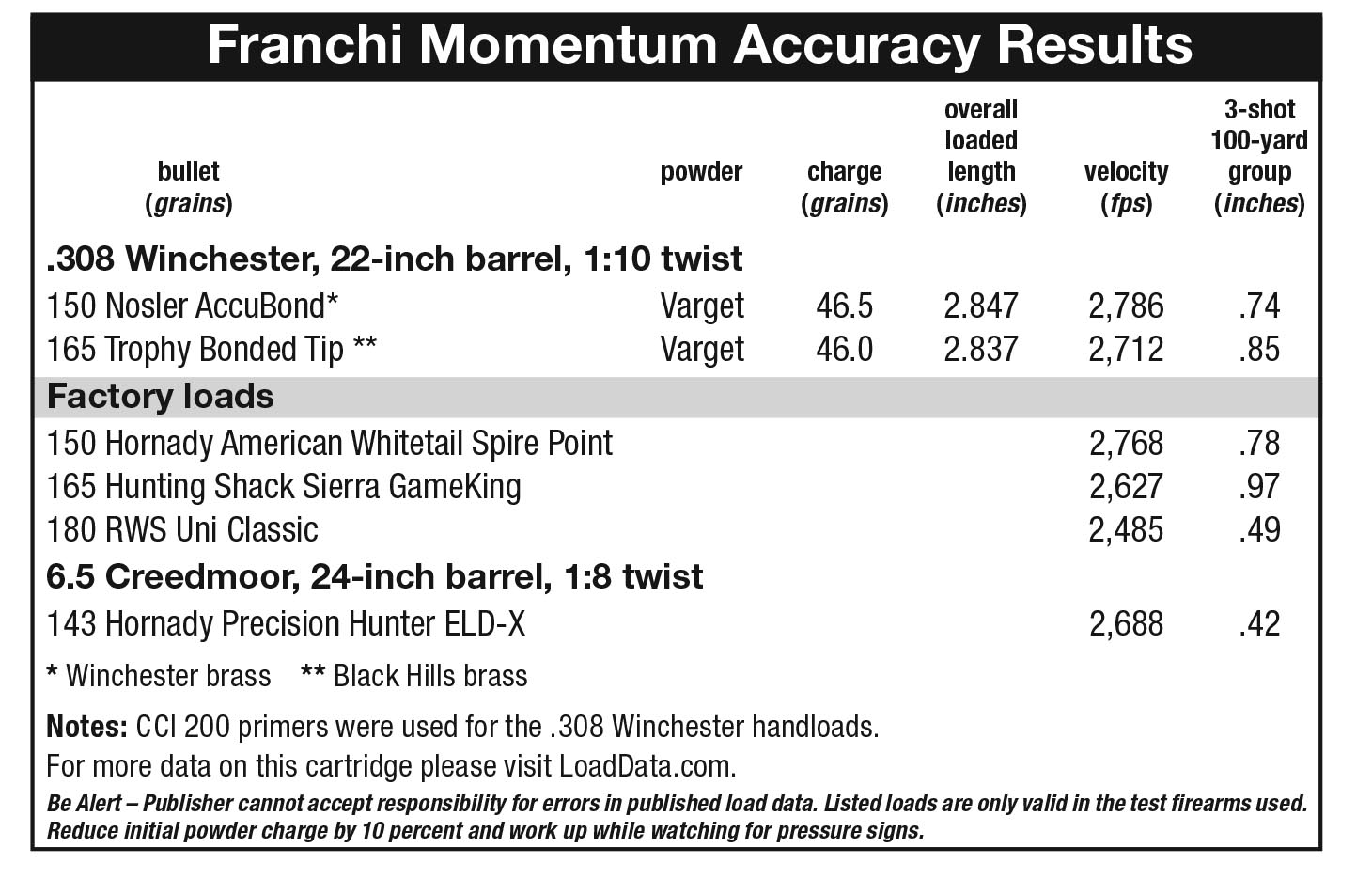
During skinning we discovered the bullet had broken both shoulders, the core and jacket ending up half an inch apart under the skin on the far side; apparently the second shoulder expanded the jacket barely beyond the InterLock ring. I consider that very good performance at close range, especially on a buck that yielded exactly 100 pounds of boned meat, indicating a live weight of more than 250 pounds. Holt’s buck was noticeably bigger, probably around 300 pounds. One of the advantages of higher-BC bullets at moderate muzzle velocities, like 2,700 to 2,800 fps for the 6.5 and .308 ammunition used on the hunts, is more consistent bullet expansion both up close and farther out, due to more retained velocity.
A month later, Franchi shipped the rifle for further testing. Its trigger averaged 3 pounds, 6 ounces, again with some creep – and again, when adjusted to 2 pounds the creep disappeared. I only got to target-shoot the 6.5 a little due to one of the worst winters in the memories of Montana natives. With the same ammunition used on the hunt, 100-yard groups averaged even smaller than in New Mexico, probably because of adjusting the trigger and using a real benchrest, rather than the hunting camp’s makeshift bench.
The Momentum comes in both short- and long-action lengths in the same chamberings as the Horizon: .243 Winchester, 6.5 Creedmoor, .270 Winchester, .308 Winchester, .30-06 and .300 Winchester Magnum. The short-action magazine is slightly longer than the industry standard of 2.85 inches, apparently established by the Remington 722. On both the .308 and 6.5 they measured around 2.92 inches, not quite as long as the 3-inch magazines some companies put in short bolt-actions these days, but still a definite plus when handloading longer, high-BC bullets. Barrel lengths are 22 inches in the “standard” chamberings and 24 inches on the 6.5 and .300. Franchi’s list price for the rifle is $609, and for the scope combo, $729. A check of Internet sites found them advertised for somewhat less.


